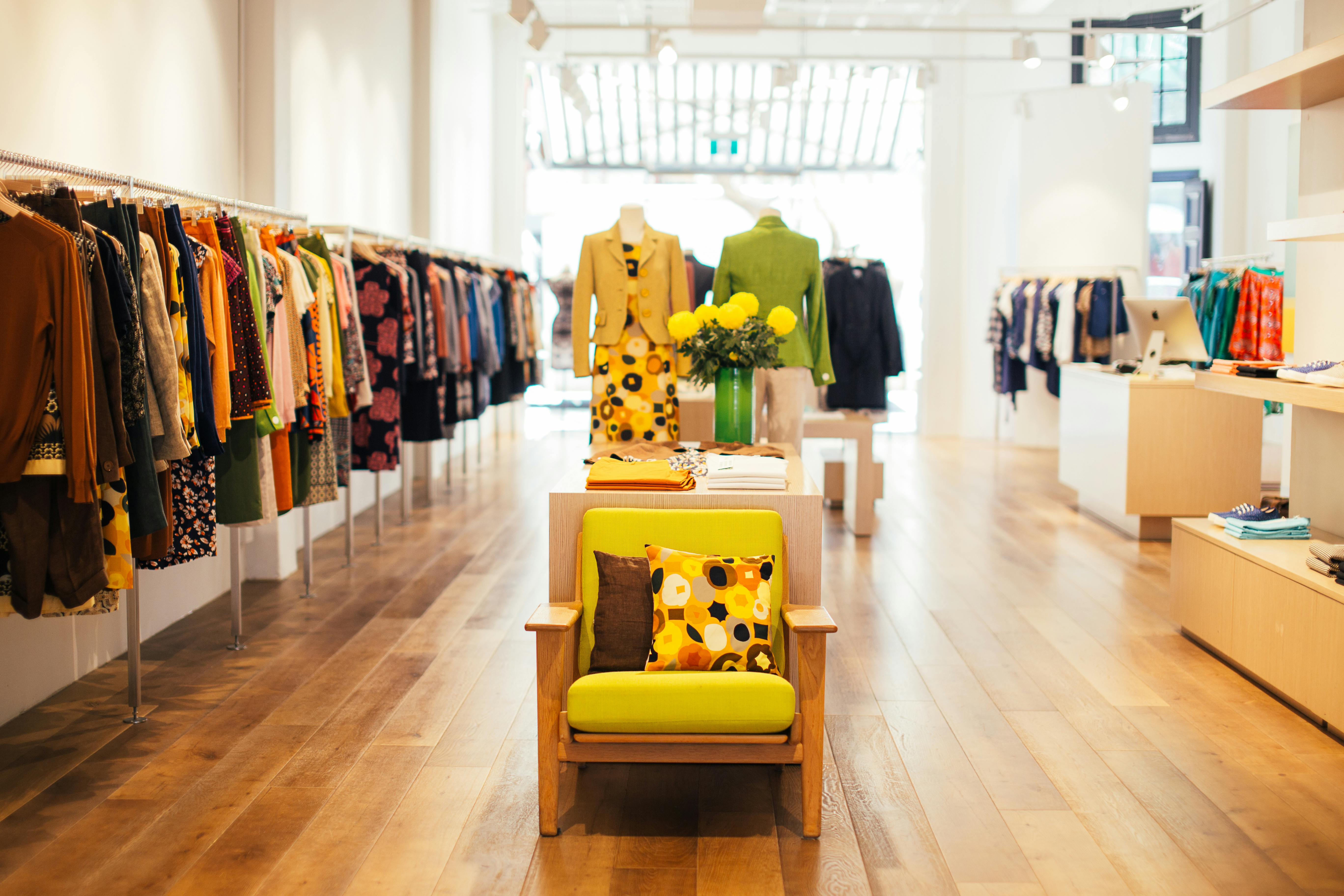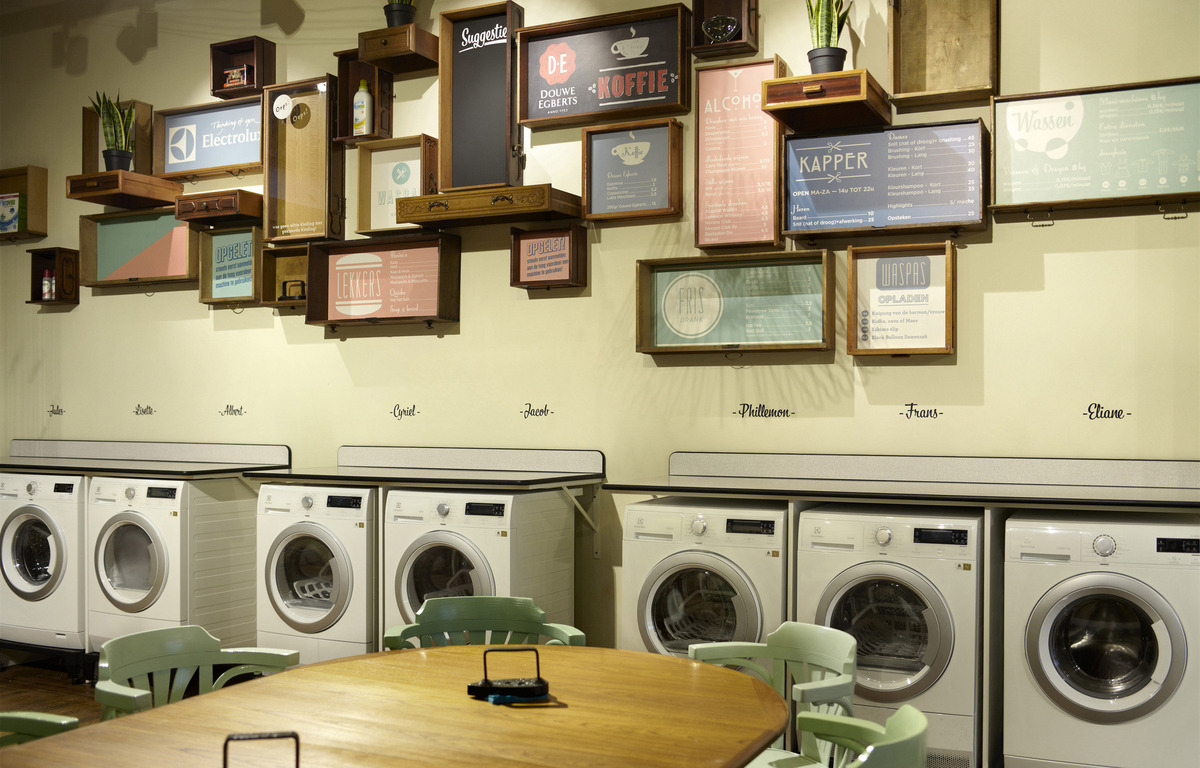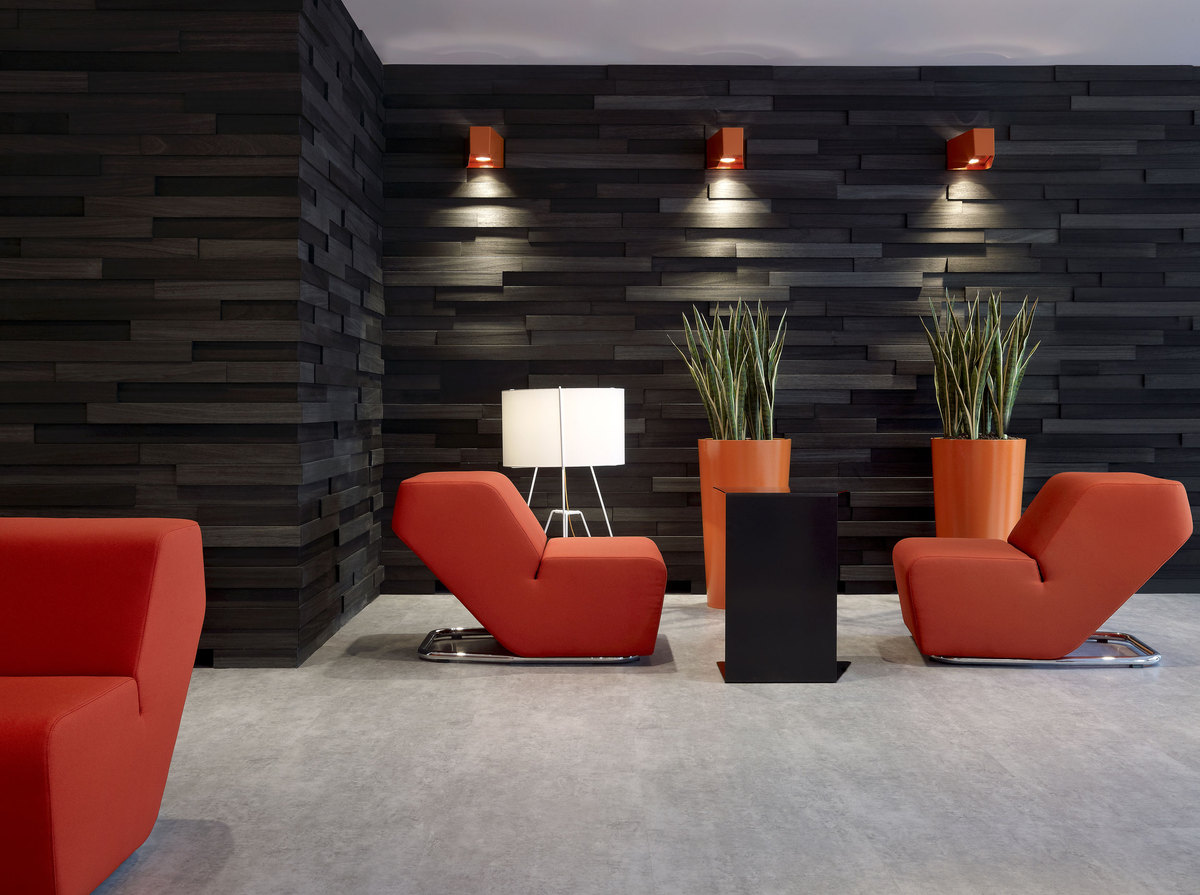Emotional retail design

While attending the Retail Design Show recently, I was treated to an inspiring talk by the Creative Director of Antwerp based design firm Pinkeye. As I’ve been designing various retail spaces, I really connected with what Rudd had to say about the role of design in the retail landscape. In fact, I think the ideas he shared are applicable to the design of any space. Here’s a summary of the talk combined with examples which I think illustrate the ideas well.
Evolution of the retail landscape
Whether it’s a service or a product, over the last decade retail brands have evolved from being transactional to making emotional connections with their customers and cultivating brand loyalty. They’ve also come to realize the new generation of consumers have more choices than ever before and aren’t swayed through traditional advertising/marketing gimmicks. Social media makes it quick and easy for consumers to share feedback among friends and fellow customers. When customers love a brand they share that emotion with their friends, family and peers. In essence, businesses must re-evaluate their engagement with the customers both in their physical and online space.
What this means for designers
It means a functional, ergonomically designed space which meets the program and budget is the bare minimum. In order to stand out and make a lasting impression, the entire retail experience needs to be designed consciously – from the moment someone enters a store, their interaction with the salesperson, till they purchase a product and walk out of the store. We need to immerse ourselves in the experience a customer will have, think about how he/she will feel and find opportunities for improvement. We can create the environment which helps a brand make that emotional connection with the consumer.
Here are some examples to clarify these principles further:
1) McEvoy Ranch
It’s essential for a design team to understand the brand and it’s values and let their findings inform the design process. This video illustrates that well and reveals the successful collaboration between McEvoy Ranch (an olive oil retailer) and Genser who designed their store at the Ferry Building in San Francisco.
2) Wasbar Launderette
This laundromat designed by Pinkeye is a great example of finding an opportunity for improvement and grabbing it! The Wasbar Launderette in Ghent has been combined with a bar and hair salon. Customers can get a haircut while their laundry gets done or better yet, have a drink with a friend! The design of the space is equally charming sporting recycled furniture and vintage drawers which display the menu:


3) Start People
The following example is an employment agency called Start People in Belgium which was re-designed by Pinkeye who treated it more like a hospitality project than a retail/office space. The result is a casual space and a pleasant experience for it’s visitors as opposed to a feeling of discomfort at the idea of visiting a staffing agency.

A bar inspired area for job seekers to search the system or discuss opportunities with consultants makes the experience seem as casual as visiting a coffee shop, hence less daunting.

The transparent façade gives a clear visual of what to expect inside and creates an inviting feeling for the customer

This waiting area for costumers who have a complaint/feedback is inspired by hotel lobbies and helps to take the edge off
I hope this post will be helpful to fellow retail designers. I want to conclude this post by sharing this quote by Maya Angelou used in the talk:
“I’ve learned that people will forget what you said, people will forget what you did, but people will never forget how you made them feel.”
.jpg)

